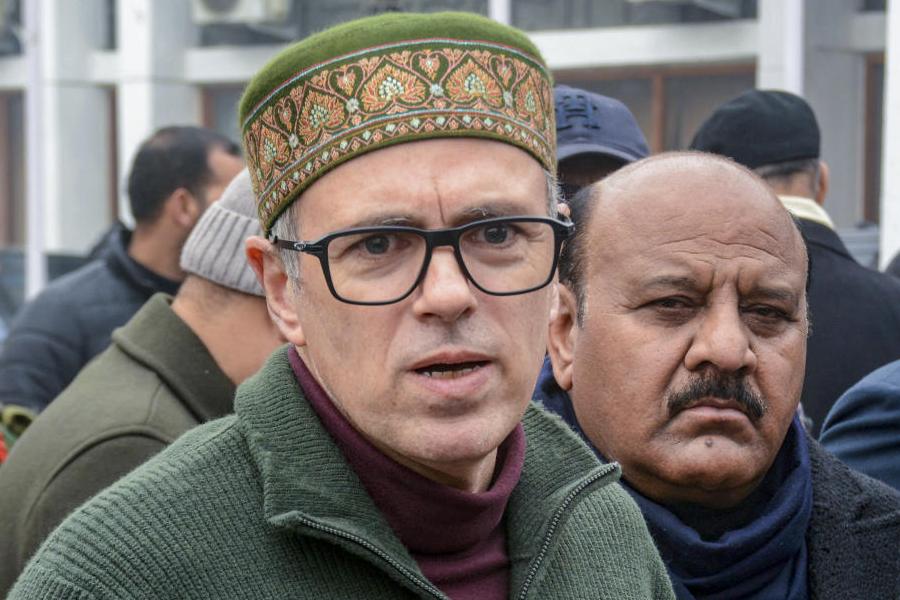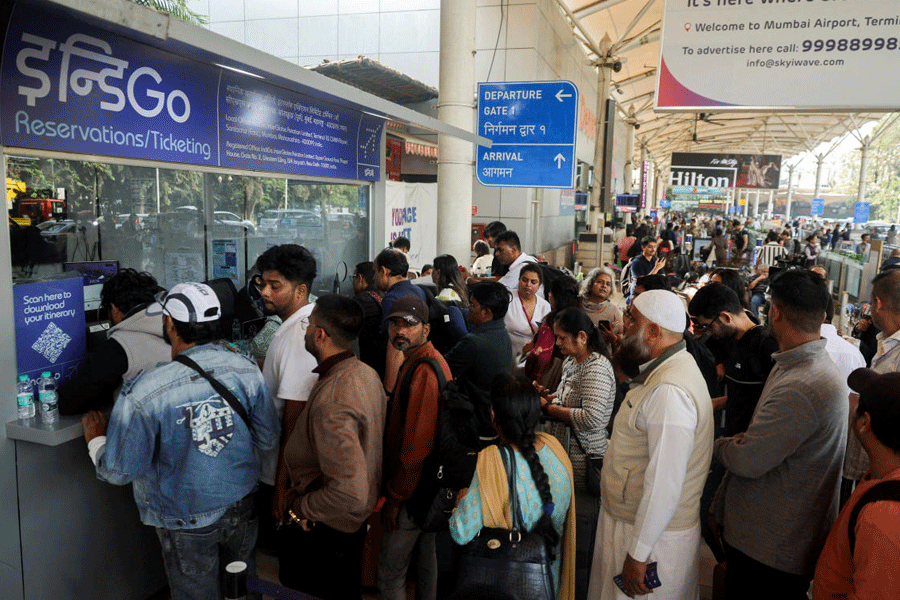Swirling, sniffing and sipping gently from snifter and other glasses, whisky connoisseurs are reaching out for Indian single malts lined up in upscale bar and store shelves along with the priciest and the best as they raise a toast to – and with – the likes of Amrut, Indri and Rampur.
Many of their names as Indian as their origins, the range of home grown single malts include Godawan and GianChand. Indians, the largest consumers of whisky in the world, are moving beyond their obsession with scotch and foreign made whiskeys to premium Indian brands.
And the numbers show for it.
According to Confederation of Indian Alcoholic Beverage Companies (CIABC) data, Indian single malts clocked "53 per cent" of total sales in 2023, surpassing for the first time established brands like Glenlivet, Macallan, Lagavulin, and Talisker.
"The hard work of the past so many decades is now paying handsome rewards in terms of global acceptance and appreciation. Out of approximately 6,75,000 cases (of nine litres each) of single malts sold in India last year, Indian producers, including Radico Khaitan, accounted for 3,45,000 cases," Sanjeev Banga, president of international business, Radico Khaitan, told PTI citing CIABC figures.
Radico Khaitan is the parent company of Rampur Distillery, behind Rampur Double Cask -- available in India -- and its six other expressions available globally.
The new age Indian single malts are a revelation, said Vidhya Kohli who would earlier tap friends coming from abroad to get him imported brands from duty-free stores. The 32-year-old, who recently moved to Los Angeles, has discovered a new favourite – Rampur Asava. And is even planning an ‘Indian whisky party’ for his American friends.
Rampur Asava, priced at USD 100, is meant for the export market and will be soon available in India as well. It won the Best World Whisky prize in the 2023 edition of the prestigious John Barleycorn Awards. “Indian single malts look premium, they taste good, pair well with our desi food, and when I sip it, I feel the soothing 'Made in India' warmth," Kohli told PTI.
“I was a bit sceptical at first when I heard of Indian single malts. You can’t beat the liquor that comes from the Island of Islay, I thought. But several years ago I had some Amrut in Goa, and quite liked it. I am not surprised that Indian single malts are on the rise, for there is a growing demand for single malts in India…," said food critic and whisky drinker Rahul Varma.
International brands are also aware of the change in sentiment of Indian consumers.
British brand Diageo, maker of Johnnie Walker Scotch whisky, launched its first Indian single malt Godawan in 2022. And last year, French brand Pernod Ricard, behind the bestselling international single malt Glenlivet, put Longitude 77.
"We intend to use our global footprint and build the (Indian single malt) brand not only in India but across the world, and we hope in doing so we'll get our rightful place," said Kartik Mohindra, chief marketing officer and head global business development of Pernod Ricard India.
The Made in India malt story began with Amrut launching the eponymous brand in 2004 in Glasgow. Six years later, in 2010, it entered the Indian market. Another early starter was Paul John, which introduced its single malt in the UK in 2012, and then to Indian consumers in 2013.
Multiple factors, including a surge in international awards for Indian single malts and a new generation with no inhibition towards Indian brands, have set the stage for India's whisky transformation, said industry insiders.
"The new generation, the one using social media and making things viral, are behind the soaring rise of Indian single malts. It is because they like to try new things and taste is what all matters to them.
"In fact, they are the ones telling their fathers, 'You have been drinking Scotch all your life, try this (Indian single malt) now," said restaurateur Saurabh Luthra, founder-owner of Romeo Lane.
There is an increase of over "18- 20 per cent" of homegrown single malts at his restaurants and gastrobars pan-India over the last couple of years, he said.
While Paul John and Amrut are seen as pioneers for putting Indian single malt on the global map, brands like Rampur and Indri have raised the bar high by beating their Scottish and US rivals in several competitions.
Indri-Trini, the flagship whisky matured in three different cask types -- namely ex-bourbon, ex-French wine and PX Sherry casks -- has won over 14 global recognitions since its launch in 2021.
International acclaim, healthy rise in sale figures and overwhelming demand from consumers has got most Indian single malt producers swirling in joy.
"Indian single malts are now a staple at weddings, celebrations and house parties alike. So, evidently, the category has cracked the market. In FY 22-23, we sold 18,000 cases and during the current financial year, we have already witnessed a growth of 224 per cent until December and are aiming to achieve a 4X growth versus the previous year," said Siddhartha Sharma, founder of Indri maker Piccadily Distilleries.
It’s not as if Indian single malts are cheap.
Producing premium quality liquor and maturing it for years together comes at a huge cost.
Their prices are at par, and in some cases more than the established foreign brands. Basic home grown single malt variants cost anywhere between Rs 3,000-Rs 6,000.
For instance, Jammu-distilled GianChand is priced at around Rs 4,000, 10 per cent more than the MRP of its rival foreign brand Glenlivet 12.
"We consciously took the decision (of pricing their Indian single malt higher). The reasons being the ingredients we used are top-notch and the response our whisky got was way much better than Glenlivet's, including the glowing review from well-known British whisky critic Jim Murray," said Prem Dewan, chairperson and managing director of Devans Modern Breweries.
The other reason behind high-pricing of home grown single malts, according to Dewan, is the significant annual volume losses due to evaporation, also known as 'Angel's share'.
"The Angel's share in our part of the world is almost 10-12 per cent as compared to 2-4 per cent in Scotland," he explained.
Despite the high Angel's share, no player in the thriving Indian single malt producer is seen complaining to the weather gods as the same hot and humid weather allows ageing of whisky faster in India than in cooler Scotland.
Single malt whisky is made of three ingredients -- water, malted barley and yeast. The spirit that is produced is then matured, usually for a minimum of three years, in oak barrels before being bottled.
"In maturation you have to apply the rule of three, that is one year in India is equal to three years in Scotland, and that’s the reason why we don’t see age labels on the Indian single malts," said Indri’s Sharma.
Whisky connoisseur Varma analyses the strengths and weaknesses of the Indian tipple. "When Amrut got the best single malt award some years ago, it gave a shot — pardon the pun — to Indians. What makes it click -- the taste or the fact that it's Indian. It's a bit of both, I think. Equally important is that it's easily available. Indian malts are rather good, no doubt, but still nowhere near the Japanese malts," he said.
And fellow enthusiast Kohli is waiting desperately to get his hands at GianChand, distilled a stone's throw away from his home in Jammu, as the company plans to export to the US soon.
Except for the headline, this story has not been edited by The Telegraph Online staff and has been published from a syndicated feed.










